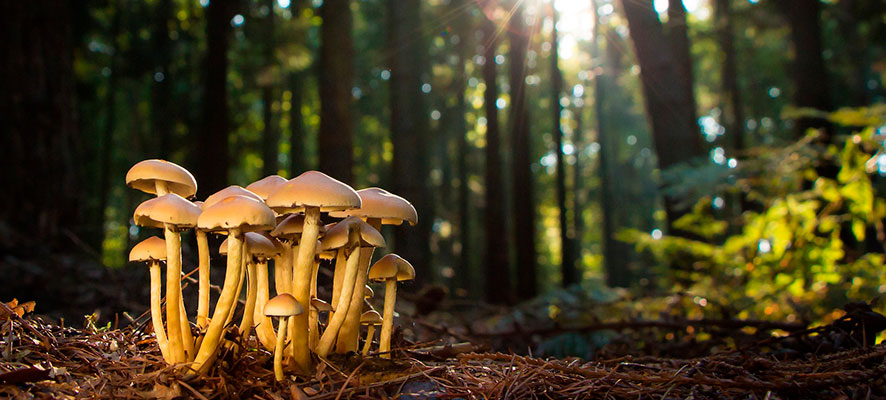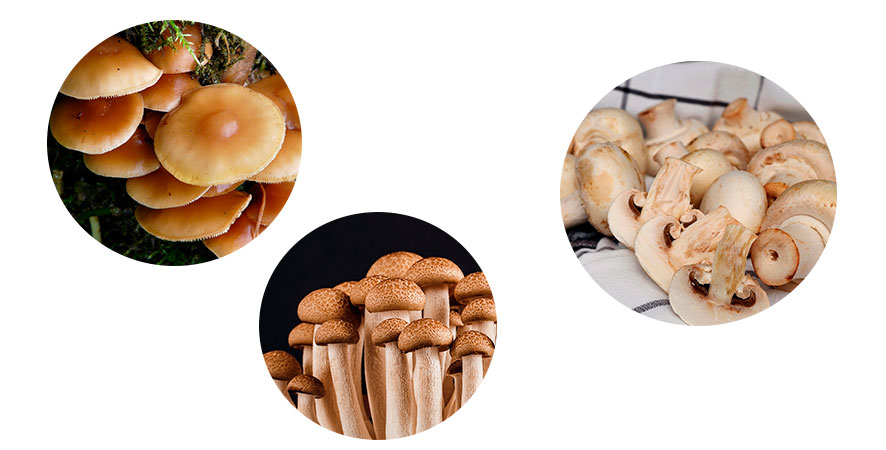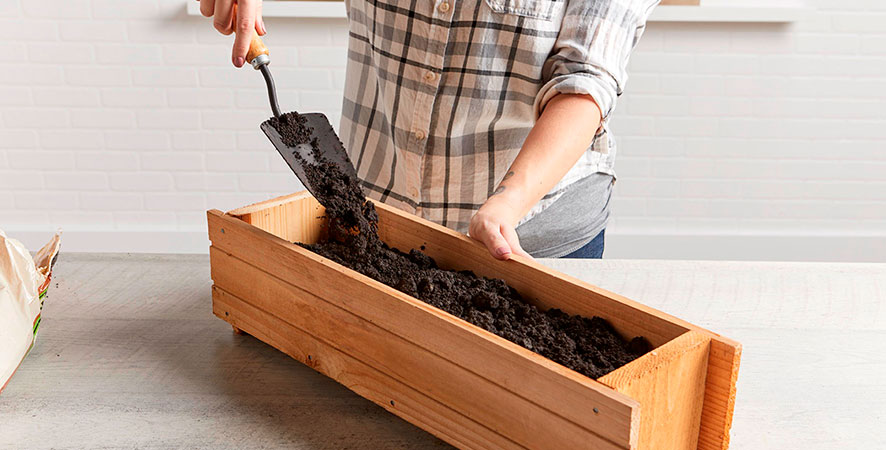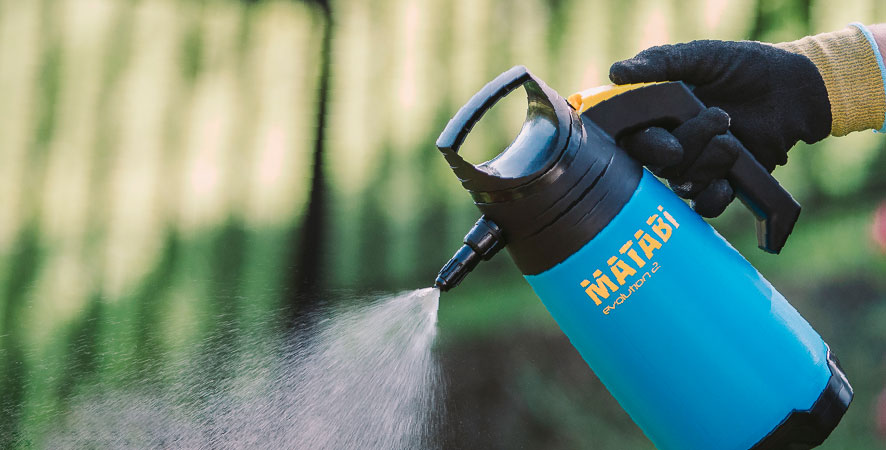
For some, we are already in the most beautiful season of the year. That time when the trees get dressed in a golden-copper tone and the sunset light creates an atmosphere in the parks that is magical.
And for others, autumn is yummi! There are many tasty vegetables to harvest at this time of year. But the most special food that this season gives us, with no doubt are the mushrooms.
There are those who enjoy morning walks in the mountains in search of these fungis in the most remote and secret places. Others directly prefer to grow them at home.
How to grow mushrooms at home
Mushrooms like dark, cool, and humid growing environments. When you grow mushrooms at home, a place like the basement is ideal, but you might fing an interesting place under the sink too.
Before you start, check the temperature of the place you choose. Most mushrooms grow best at temperatures between 12 and 15 degrees away from direct heat.
Mushrooms can tolerate some light, but the location you choose should remain mostly dark or in low light. If you choose to grow mushrooms in your basement, you better put them in a closet where they can't be disturbed. Some types of mushrooms still grow best outdoors in prepared soil or logs, but this is a much longer process (six months to three years).
Learn how to grow mushrooms at home and make sure you are not collecting a poisonous mushroom.
What kind of mushroom should you grow?
One of the advantages of growing your own varieties of mushrooms rather than harvesting them in the wild is that you can be sure that you are not harvesting a poisonous mushroom.

Enokiss, maitakes, oysters, portobellos, shiitakes, and white mushrooms can be grown indoors, but each has specific growing needs. For example, white button mushrooms should be grown in compost, shiitakes in wood or hardwood sawdust and oyster mushrooms in straw.
The process of growing mushrooms
Is this your first time? In that case, we recommend you getting a mushroom grow kit. These kits are provided with everything you need. If you start without a kit, the type of mushroom you choose to grow will determine the substrate in which you grow the mushrooms, so it is important to research the needs of each mushroom.
We recommend you to start with the white mushrooms; that common mushroom you can find in the supermarket. These are the easiest to grow!
And now, let's get down to business:
Step 1: Fill the trays with compost
Use trays 35-40 centimeters wide and about 15 centimeters deep. Fill the trays with the mushroom compost material and sprinkle the spawn on top.

Step 2: use a heating pad
Use a heating pad to raise the soil temperature to around 21 degrees for about three weeks or until you see mycelium (white, threadlike growths). At this point, lower the temperature to 12 to 15 degrees. Cover the seed with an inch or so of potting soil.
Step 3: Keep the soil moist
This is where Matabi sprayers come into play. To ensure the growth of your fungi, keep the soil moist using any of our urban garden sprayers and spray water on the soil. Then cover it with a damp cloth and spray this cloth again as you watch it dry.

Step 4: Time to harvest
Button mushrooms should appear within three to four weeks. Harvest them when the lids open and then cut the stem with a sharp knife. Avoid plucking the mushrooms, as this will risk damaging the surrounding mushrooms that are still growing. Daily harvesting should result in a continuous harvest for about six months.
Once you set up a mushroom growing station in your home, it's very easy to keep them growing. Eventually, you may need to add fresh seeds to grow more mushrooms, but as long as you keep the fabric moist and harvest the mushrooms as they emerge, you should have a steady supply.
Once you've collected enough mushrooms, be sure to cook them within a few days of harvest as most will only keep for a few days in the refrigerator.
And there is nothing like a good classic stuffed mushroom, right?
---
Source: Better Homes & Gardens
Did you enjoy reading the article? Has it clarified any doubts for you? Give us your opinion and help us spread it on your social networks. We also invite you to follow us on Instagram.